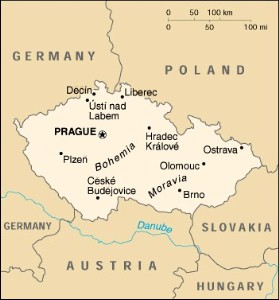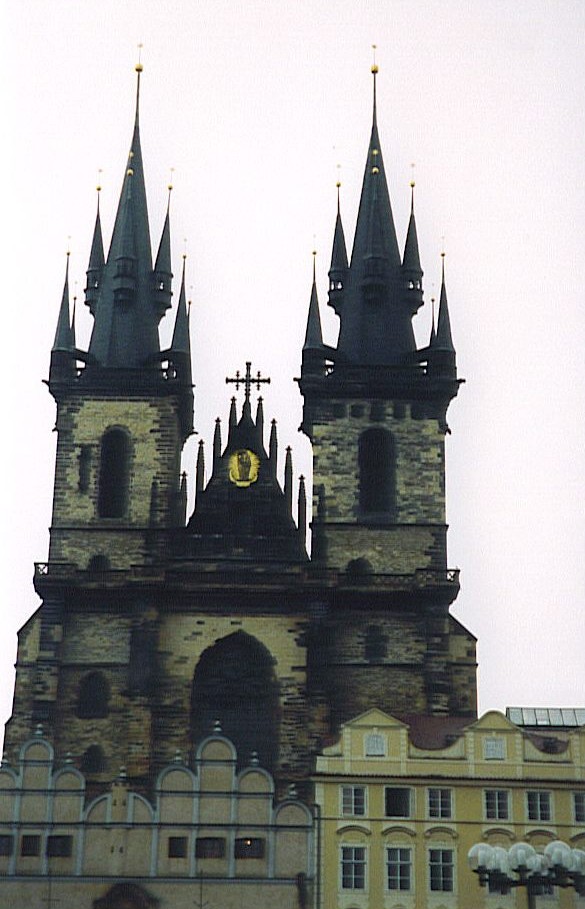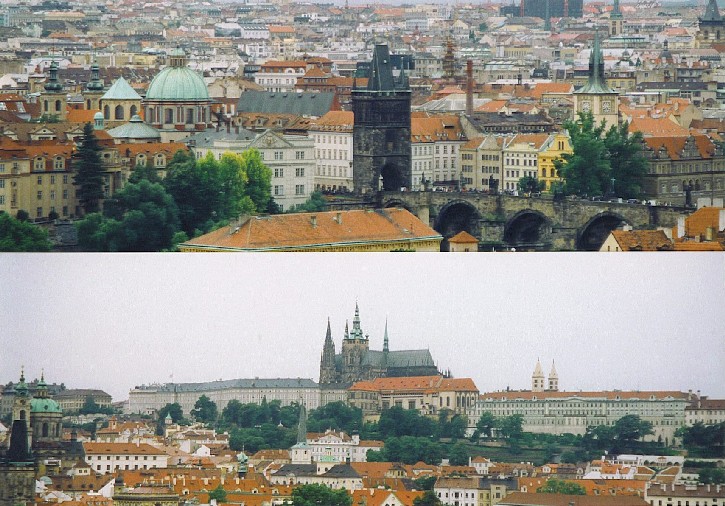I really fell in love with the country. The people were wonderful and the cities were incredible. Prague is truly a special place on earth. The medieval castles and buildings still stands proud as a window to the past. The Czech people respect their historical landmarks and have taken very good care to keep them well preserved. Today Prague is like a magnet, attracting visitors from around Europe and the rest of the world to see it's magnificent sites. I could live in this city, so it's not a giant step to understand that I would love to return in the future.
 |
Following the First World War, the closely related Czechs and Slovaks of the former Austro-Hungarian Empire merged to form Czechoslovakia. During the interwar years, the new country's leaders were frequently preoccupied with meeting the demands of other ethnic minorities within the republic, most notably the Sudeten Germans and the Ruthenians (Ukrainians). After World War II, a truncated Czechoslovakia fell within the Soviet sphere of influence. In 1968, an invasion by Warsaw Pact troops ended the efforts of the country's leaders to liberalize Communist party rule and create "socialism with a human face." Anti-Soviet demonstrations the following year ushered in a period of harsh repression. With the collapse of Soviet authority in 1989, Czechoslovakia regained its freedom through a peaceful "Velvet Revolution." On 1 January 1993, the country underwent a "velvet divorce" into its two national components, the Czech Republic and Slovakia. |   |





